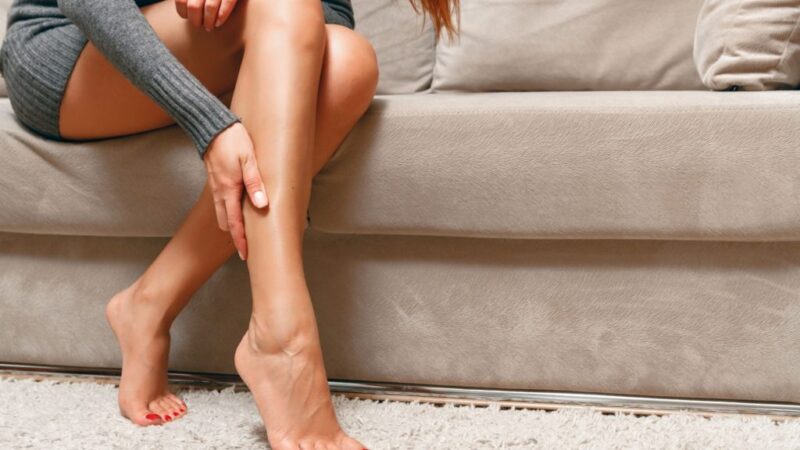Tight calf muscles are a common problem for many. Whether you’re an athlete, someone who stands a lot at work, or just experiencing the aftermath of a strenuous workout, the discomfort can be more than just a minor inconvenience. It can affect your daily activities, your exercise routine, and even your posture.
The truth is that loosening your calf muscles is quite simple once you know how. In this article, we’ll explore 10 effective methods to relieve tightness in your calf muscles.
Key Takeaways
- Incorporating a variety of stretches targets all parts of the calf muscles and is crucial for alleviating tightness.
- Using a foam roller or a lacrosse ball for self-myofascial release can significantly reduce muscle tightness and improve blood flow, especially when done regularly.
- Proper hydration is key.
- Magnesium supports muscle health.
- Listening to your body is crucial.
1. Stretch Regularly
Stretching is essential for alleviating muscle tightness. Incorporating a variety of stretches ensures that all parts of the calf muscles are targeted. In addition to the standing and seated calf stretches, consider these:
Downward Dog
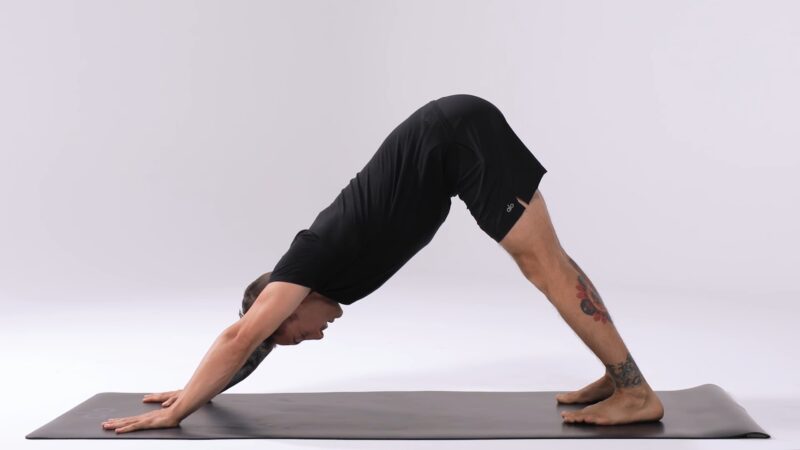
This yoga pose stretches the entire backside of your body, including your calf muscles. It also helps in improving your overall body alignment.
- Start on your hands and knees.
- Lift your hips towards the ceiling.
- Straighten your legs as much as possible.
- Press your heels down to feel a stretch in your calves.
Towel Calf Stretch
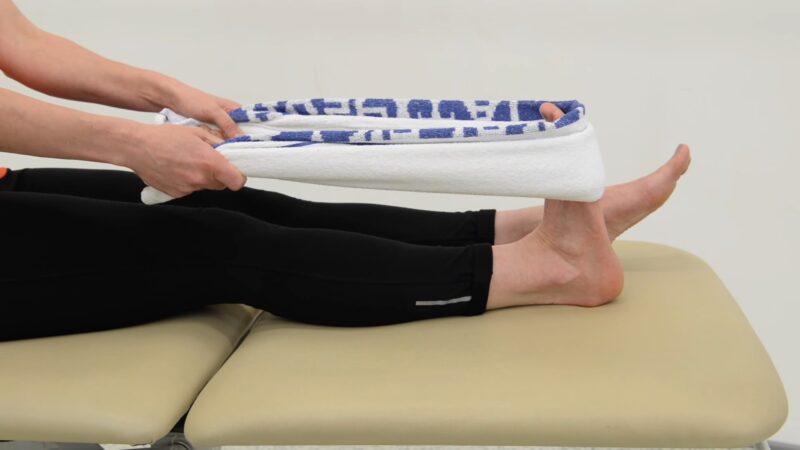
- While seated, extend your legs in front of you.
- Wrap a towel around the ball of one foot and pull the towel towards you while keeping your knee straight.
This stretch targets the lower part of the calf muscles and can be particularly helpful for those with limited flexibility. Adding these to your routine can significantly improve flexibility and reduce the risk of injury. It’s important to stretch both before and after physical activity to prepare your muscles for exercise and to aid in recovery.
For those experiencing discomfort beyond muscle tightness, exploring methods to address morning heel discomfort could provide additional relief and support overall foot health.
2. Foam Rolling
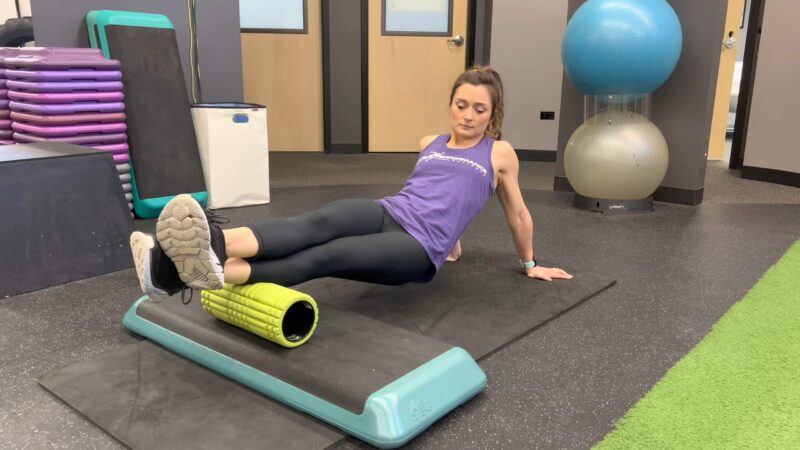
Foam rolling is a form of self-myofascial release that can significantly reduce muscle tightness. For deeper penetration, consider using a textured foam roller or a lacrosse ball for targeted areas.
Remember to roll slowly and avoid rolling directly over joints or bones. Incorporating foam rolling into your daily routine, even on non-exercise days, can help maintain muscle flexibility and prevent tightness from setting in.
This technique is especially beneficial after long periods of sitting or standing, as it can help to reactivate the muscles and improve blood circulation.
3. Warm-Up Before Exercise
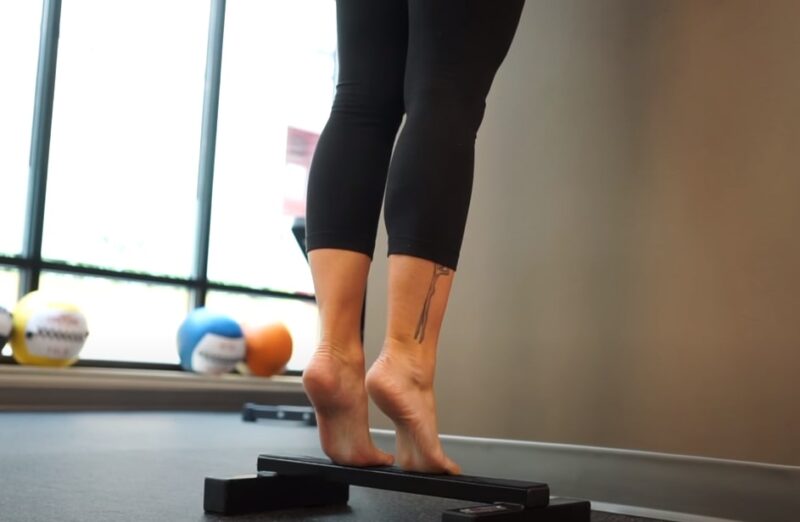
A dynamic warm-up can significantly reduce the risk of calf muscle tightness. Incorporate calf raises, ankle circles, and light jogging in place to specifically target the calf area. This prepares the muscles for the increased demand for exercise and can prevent injury.
Dynamic stretches mimic the movements of the activity you’re about to do, which helps in gradually increasing the muscle temperature and reducing stiffness. This is crucial for not just preventing tight calves but also for enhancing overall performance.
4. Stay Hydrated

Muscles require adequate hydration to function optimally. Dehydration can lead to muscle stiffness and reduced elasticity. Aim for at least 8 glasses of water a day, and increase this amount on days you exercise or when the weather is hot.
Adding electrolytes to your water can also help maintain muscle function, especially during prolonged physical activity. Proper hydration is key not only for muscle health but also for overall bodily functions, making it a cornerstone of a healthy lifestyle.
5. Consider Magnesium Supplements

Magnesium is crucial for muscle health. Beyond supplements, adding magnesium-rich foods like spinach, nuts, and whole grains can naturally boost your levels. If you’re considering supplements, it’s best to consult with a healthcare provider to determine the right dosage for your needs.
Magnesium aids in muscle relaxation and can significantly reduce the occurrence of cramps and tightness, making it an essential mineral for athletes and physically active individuals.
6. Massage
Massage therapy can significantly reduce muscle tightness and improve range of motion. For self-massage, consider using a handheld massager or a foam roller. Techniques such as deep tissue massage or trigger point therapy can be particularly effective but should be performed by a professional.
Regular massage sessions can not only alleviate tightness but also promote relaxation and stress relief, contributing to overall well-being.
7. Practice Yoga
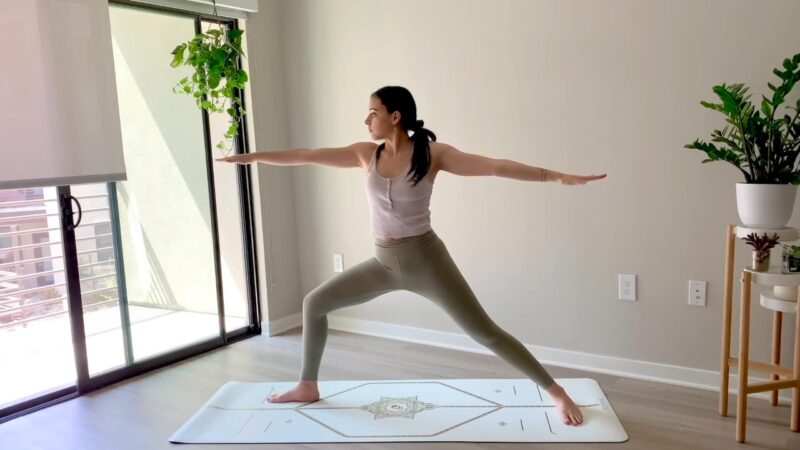
Yoga not only stretches the muscles but also incorporates breathing techniques that can enhance muscle relaxation. Incorporating poses like the Warrior series can also help strengthen the calf muscles, making them more resilient to tightness.
Yoga offers a holistic approach to muscle health, addressing both the physical and mental aspects of tightness and discomfort.
8. Wear Supportive Shoes
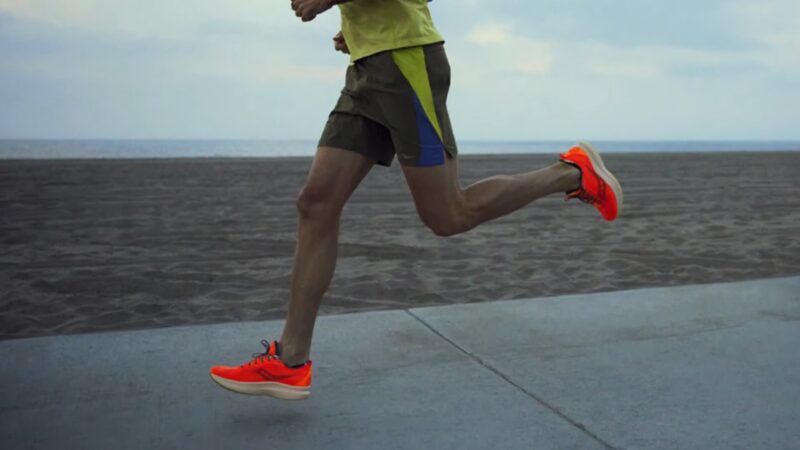
The right footwear can make a significant difference in preventing calf muscle tightness. For those who require additional support, orthotic inserts can provide customized relief. Regularly replacing worn-out shoes is also crucial to ensure continuous support and cushioning.
Shoes that fit well and offer adequate arch support can prevent a myriad of foot and calf issues, underscoring the importance of proper footwear in maintaining muscle health.
9. Take Breaks
Incorporating short walking or stretching breaks every hour can prevent the muscles from becoming tight. Simple stretches or walking for just a few minutes can improve circulation and muscle flexibility.
This practice is particularly important for people who lead sedentary lifestyles or those who work in environments that require prolonged periods of sitting or standing.
10. Listen to Your Body
Understanding the difference between muscle soreness and pain is crucial. If calf tightness is accompanied by swelling, redness, or severe pain, it’s important to seek medical advice as these could be signs of more serious conditions.
Listening to your body and responding to its signals is key in preventing minor issues from developing into more significant problems.
What Causes Tight Calves?
Tight calf muscles can result from a variety of factors including overuse, insufficient stretching, dehydration, or even anatomical issues like flat feet. Sedentary lifestyles can also contribute to muscle tightness as prolonged sitting can shorten the calf muscles over time, leading to discomfort and reduced flexibility.
Symptoms
Symptoms include:
- a feeling of stiffness or soreness in the calf muscles,
- reduced flexibility,
- discomfort when walking or running.
In severe cases, the tightness can lead to cramping or make it difficult to stand on tiptoes, affecting daily activities and overall quality of life.
Possible Complications
If left unaddressed, tight calf muscles can lead to more serious issues such as Achilles tendinitis, plantar fasciitis, or changes in gait that can cause knee or hip problems.
FAQs
Can tight calf muscles affect my posture?
Yes, they can. They can alter the way you walk or stand, leading to compensations in your posture that might affect your back, hips, and knees.
How often should I stretch my calf muscles to prevent tightness?
For prevention, stretching on a daily basis is ideal, especially before and after exercises or any prolonged period of sitting or standing. Consistency is key to maintaining flexibility and preventing tightness.
Are there any specific foods that can help reduce muscle tightness?
Foods high in magnesium, potassium, and calcium, such as bananas, avocados, and dairy products, can help reduce muscle tightness by supporting muscle function and hydration.
Can wearing high heels cause tight calf muscles?
Definitely. High heels keep the calf muscles in a shortened position, which can lead to tightness and discomfort over time.
Is it normal for my calf muscles to feel tighter in the morning?
Yes, it’s common for muscles, including the calf muscles, to feel tighter in the morning. This is due to the body’s inactivity during sleep, which can cause muscles to stiffen. Morning stretches can help alleviate this tightness.
Can tight calf muscles lead to foot problems?
Absolutely. Tight calf muscles can increase the strain on the foot, leading to conditions like plantar fasciitis or exacerbating issues like flat feet. Maintaining flexibility in the calf muscles can help prevent these foot problems.
The Bottom Line
Tight calf muscles can be a nuisance, but with the right approach, you can find relief and prevent future discomfort. Incorporate regular stretching, foam rolling, proper hydration, and supportive footwear into your routine and you’ll notice a significant difference.
By taking care of your calf muscles, you’re not just alleviating tightness; you’re also improving your overall mobility and quality of life.
